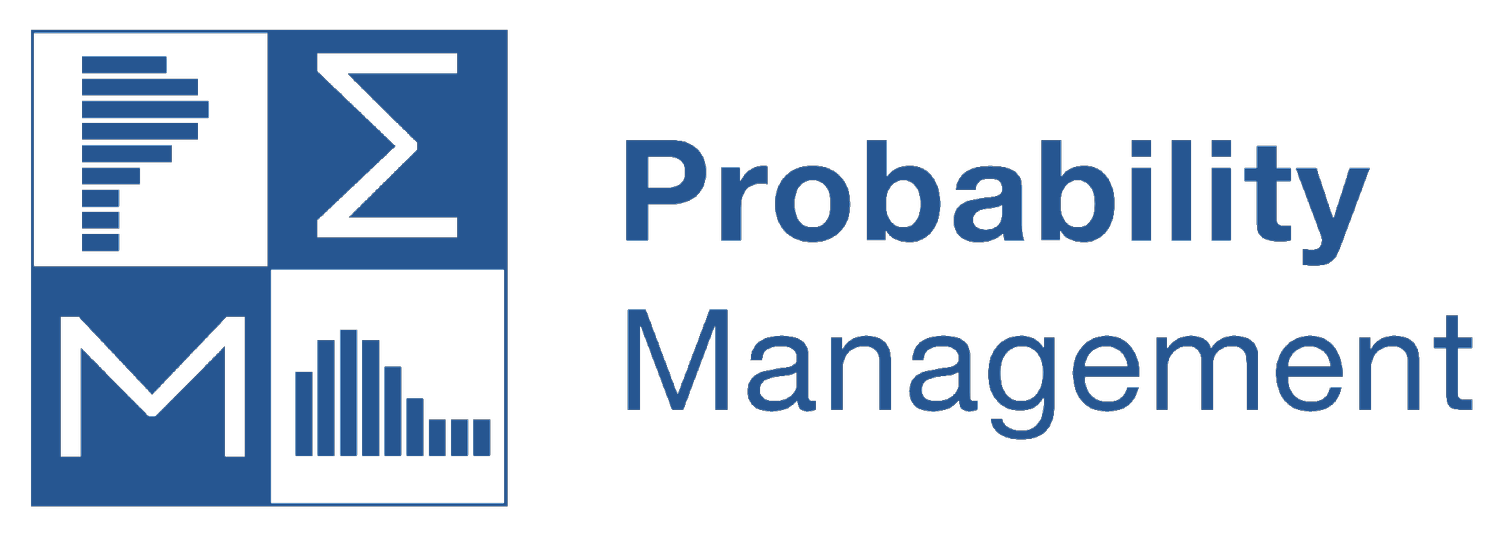by Sam L. Savage
““We shape our tools and thereafter our tools shape us”
”
I knew my world had changed in August of 2012 when I discovered that the Data Table function in Excel had become powerful enough to perform practical Monte Carlo simulation without any add-ins. This inspired me to shape an evolving family of tools for creating standalone Excel simulations. These, in turn, have shaped me back in more ways than I can count, in my teaching and consulting practice. Eventually I converged on two buttons that ushered in the Chance Age: SIP Input, and Chance of Whatever.
Our latest tools provide up to three ribbons.
The ChanceCalc ribbon is for making chance-informed decisions based on SIP Libraries created in other programs. Notably, ChanceCalc can read the latest SIPmath™ 3.0 Standard generated by Frontline System’s Analytica Solver. But it can also read SIPmath 2.0 libraries created with ChanceCalc Monte Carlo, Analytica from Lumina Decision Systems, and CSV files generated from @RISK and Crystal Ball.
The new Metalog ribbon copies Tom Keelin’s Metalog Distributions out of his elegant Excel templates and provides several options for pasting or linking them into your model or saving them as SIPmath 3.0 JSON libraries.
Finally, ChanceCalc Monte Carlo adds a third ribbon that rolls in all the power of our legacy Enterprise SIPmath Tools, with additional important Import and Export features.
And remember, that all the tools in the SIPmath family perform interactive simulation in native Excel through the Data Table so the models created with the tools do not require the tools to run.































